Flavor and taste characteristics of Kenyan coffee beans | introduction to SL28 history and flavor brewing methods of coffee varieties
Kenyan coffee, like Ethiopia, is the most representative coffee in Africa, which is more acidic than Ethiopia and has a more obvious sense of juice. Some people say that Kenyan coffee tastes like eating virgin fruit and its mouth is full of juice; others say that Kenyan coffee is not Kenyan coffee if it doesn't taste like a baby tomato. In fact, Qianjie believes that coffee, as a crop, should be said to have a somewhat different flavor from season to season, but its main tone has not changed.
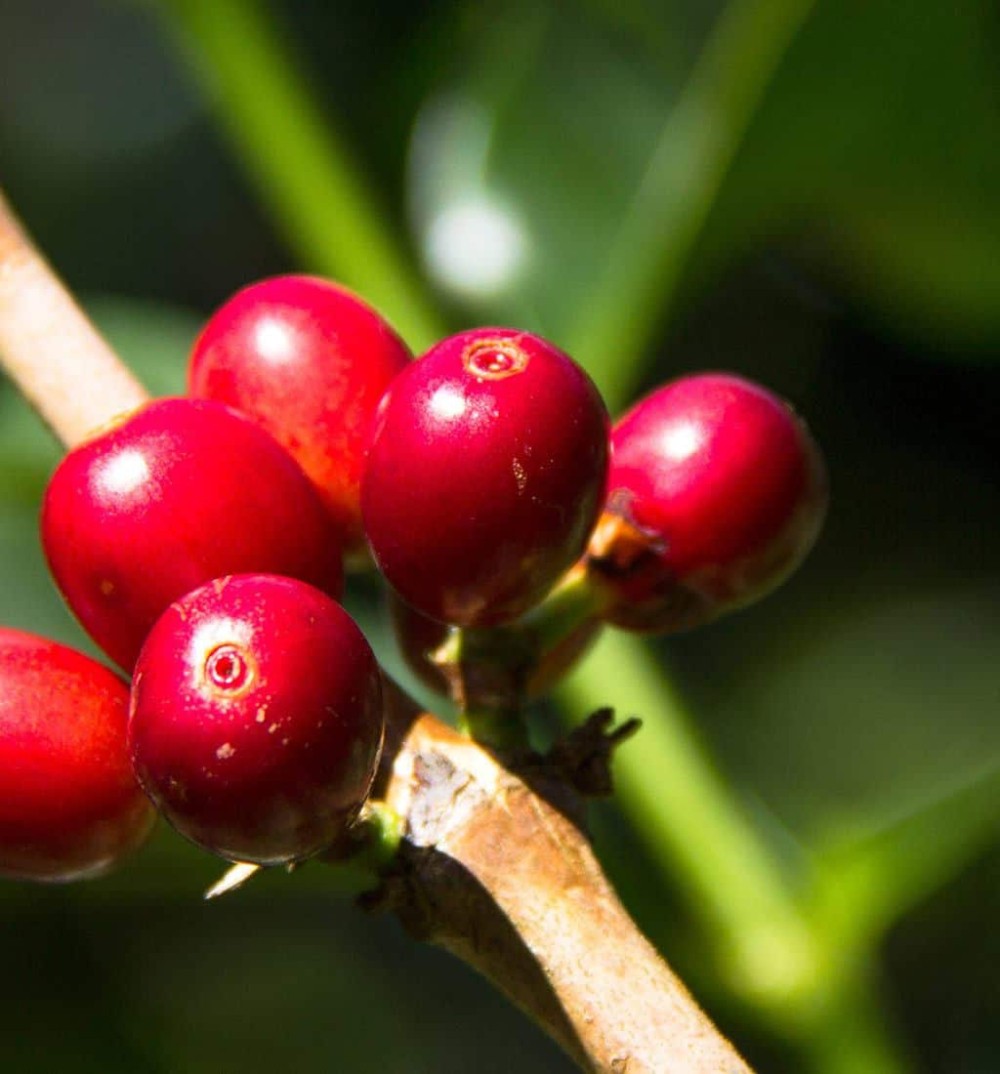
Kenya is the 16th largest coffee producer in the world and is now recognized as a famous producer of fine coffee. The coffee-growing areas of the country, especially the central highlands, provide fertile acidic soil for the good growth of coffee. Kenya, the full name of the Republic of Kenya, is located in eastern Africa, the equator runs across the central part of the equator, and the Great Rift Valley of East Africa stretches north and south. It is bordered by Somalia to the east, Tanzania to the south, Uganda to the west, Ethiopia and Sudan to the north, and the Indian Ocean to the southeast. There are many plateaus in the territory, with an average elevation of 1500 meters. The central peak of Kirinaga (Mount Kenya) is 5199 meters above sea level and the top of the mountain is covered with snow, making it the second highest peak in Africa. This height is suitable for the development of coffee bean flavor, because the mountain temperature is lower, the growth is slow, the aroma components of coffee beans have been fully developed, the sour taste is more obvious, and the texture is harder. This fertile moonbend-shaped coffee area is the main producer of Kenyan boutique beans.
Kenya is located in Ethiopia and southern Yemen, only hundreds of kilometers away from these two world-famous coffee producers, but Kenya's history of growing coffee is far inferior to that of these two countries until the end of the 19th century. Coffee seeds were brought to the land by missionaries. Kenya is a tropical region, with two rainy seasons a year and two harvests, with 60% concentrated from October to December and 40% from June to August.
Main coffee producing areas in Kenya
Six major coffee producing areas in Kenya include: Thika, Kirinyaga, and the west side of Mount Kenya (Mt. Kenya West, Nyeri, Kiambu, Muranga. The harvest periods of the six major producing areas are all from October to December (the main production season) and from June to August (the by-product season). Among them, Neri and Qilin Yajia are the most famous. Neri, close to Mount Kenya's high mountains, is an important Kenyan boutique producing area, with an average elevation of more than 1500 meters. A lot of Kenyan coffee is produced in this area. Neri is high enough above sea level and located east of Aberdare Mountains, and it is also the headland between Mount Kenya and this mountain. due to its high terrain and fertile soil, Neri is an important town in the middle of Kenyan coffee, and coffee-related industrial facilities are also well developed.
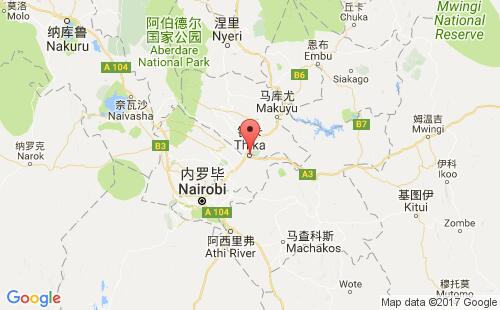
Qilin Yajia producing area is located on the hillside of Mount Kenya, 1300-1900 meters above sea level. Close to the Neri Nyeri producing area, it is famous all over the world for its strong flavor, rich layers and solid taste. Together with the Neri producing area, it is recognized as the two best producing areas in Kenya.
Kenyan coffee bean varieties
Coffee is Kenya's second export product after tea. The main variety of coffee beans produced in Kenya is Arabica, which is one of the best quality coffee varieties in the world.
Kenya grows high-quality Arabica coffee beans, which almost absorb the essence of the whole coffee tree, with a slightly sour, thick aroma, bright, complex, fruit-like flavor and grapefruit aroma. Whether hand-brewed or used to make ice drop coffee is very suitable. Front street coffee often uses Kenya's Asaria coffee beans to make ice drop coffee. Azaria's acidity is very lively. As a whole, like a cup of juice, used to make ice drop coffee will have the fragrance of virgin fruit and grapefruit, refreshing and light acidity, very suitable for summer drinking. It is for this reason that Europeans love Kenyan coffee, especially in Britain, and even surpass Costa Rican coffee as the most popular coffee.
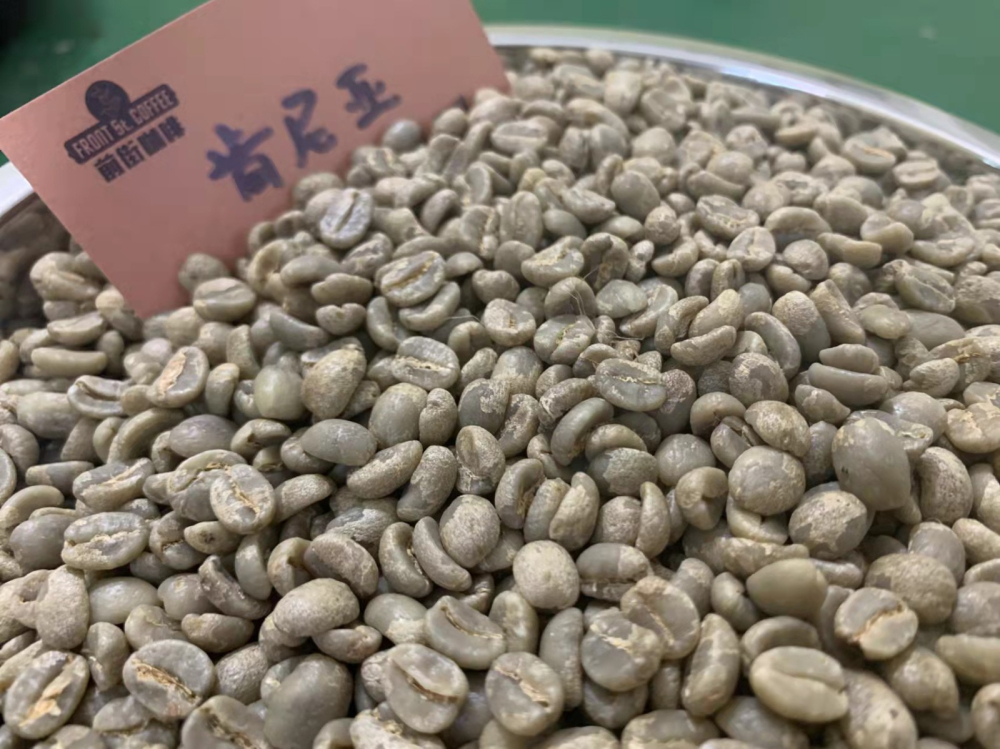
Kenyan coffee is usually associated with bright acidity, rich, full-bodied wine and unique cup flavor. Some of the most popular varieties in China include K7, Blue Mountain, Batian, Ruiru 11 and SL series. In particular, the SL series has been planted in Kenya for nearly 90 years. Although it covers many varieties, the two most popular are SL-28 and SL-34.
SL28
The emergence of SL28 coffee beans is due to the fact that the Kenyan government attaches great importance to the coffee industry, so in the 1930s the Kenyan government set up a special laboratory responsible for the selection of coffee varieties for the future cultivation in Kenya, because at that time, the ancient tin card varieties had very poor resistance to diseases and insect pests and were difficult to feed, and the coffee planting history in Kenya was not long, which meant that coffee selection was very important. After selecting the species, it can be promoted globally for coffee farmers from top to bottom, and avoid the trouble of insect pests.
This laboratory is now the famous "Scott Laboratory" in Kenya. From 1935 to 1939, 42 individual coffee species from different sources were selected to study their yield, quality, drought and disease resistance, and named after the laboratory capital letter "SL".

SL28 was first selected and cultivated from a single plant of drought-resistant tree species derived from Tanganyika in 1935. According to historical documents, during a visit to Tanganyika (present-day Tanzania) in 1931, AD Trench, a coffee breeder at Scott Lab, found a variety in Moduli that seemed to be tolerant to drought and diseases and insect pests, so he collected seeds and took them back to Scott Lab, where they were later proved to be drought resistant and were widely planted until they were replaced by their offspring SL28. And to this day SL28 is one of the most famous and respected varieties in Africa. It has spread from places chosen in Kenya in the 1930s to other parts of Africa (especially the Arab growing areas in Uganda) and now to Latin America. SL28 varieties are suitable for middle and high altitude areas and have the ability of drought resistance, but they are very sensitive to the main diseases of coffee. SL28 is found in many parts of Kenya, and even though it is 60-80 years old, it is still very high-yielding. In recent years, genetic tests have also confirmed that SL28 belongs to the bourbon gene group. Therefore, the appearance of SL28 coffee beans is similar to that of bourbon varieties, with a round and thick body.
SL-28 has tall plants, green pointed leaves, high yield and good flavor.
Coffee flavor of SL28 variety
The flavor of the SL28 variety does contain the characteristics of the initial bourbon light, and even the rich and colorful acid of the original species of Mocha, which has more complex flavor and strong feel than others. Although the production capacity of SL28 is not as good as expected, the color of copper tea and its cowpea-shaped soybeans have a good sense of sweetness, balance and complex flavor, and their obvious characteristics of citrus and black plum. Obviously rich and colorful fruit acid skin change, strong taste and good-looking balance In particular, SL28 can have this unique characteristic only when grown in Kenya, and SL28 varieties grown in other countries only have a similar flavor.
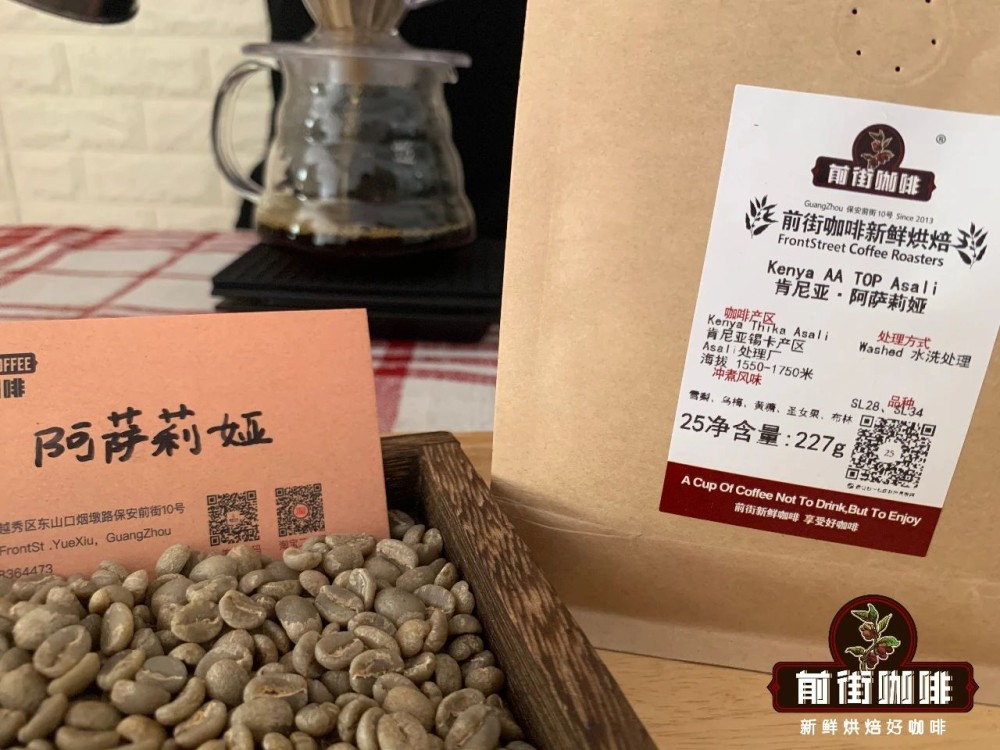
SL34
SL34 was first chosen as a "French missionary" (bourbon species) from the Loresho estate. However, according to Qianjie coffee search data, it is known that genetic testing of this variety of coffee beans has confirmed the gene group of iron pickup, and its plant performance characteristics are also similar to those of iron pickup. Therefore, it is considered that the selection of SL34 comes from iron pickup. Because SL34 is close to the tin card variety, the coffee bean looks long, oval and flat on the side.
The demand for nutrition of SL-34 plants is also relatively high, and the yield is slightly lower. Very similar to SL-28, they are also very vulnerable to CBD, leaf rust and pests.
What is the difference between SL28 and SL34 coffee bean flavor? After understanding the characteristics of these two kinds of coffee beans, Qianjie Coffee will share the differences between the two coffee beans. According to Qianjie, SL-28 has a higher reputation, higher SL-34 harvest and lower altitude. According to botanists in SL laboratory, SL28 and SL34 are genetic variants. Among them, SL28 has the mixed pedigree of Moka and Yemeni Tibica. The goal of cultivating SL28 was to mass produce coffee beans with high quality and resistance to diseases and insect pests. Although the yield of SL28 was not as large as expected, it has been spread to this day because of the copper leaf color and broad bean-shaped beans with great sweetness, balance and complex flavor, as well as significant citrus and black plum characteristics.

Qianjie Coffee believes that SL34 and SL28 coffee beans are similar in flavor, except for the complex acidity and great sweetness of the ending, the taste is heavier, fuller and cleaner than SL28. SL34 has bourbon and more Tibica blood. Therefore, at present, many of the Kenyan coffee beans in Qianjie coffee shops are mixed beans of SL28 and SL34 varieties. Ruiru11 Ruiru appeared after SL28 and SL34, and Qianjie learned that it was in the 1970s, when Ruiru began to try to cultivate different CBD and rust-resistant varieties. The result is Ruiru11, which was released in the 1980s. High yield, CBD and antirust properties seem to be the solution to all coffee production problems in Kenya.
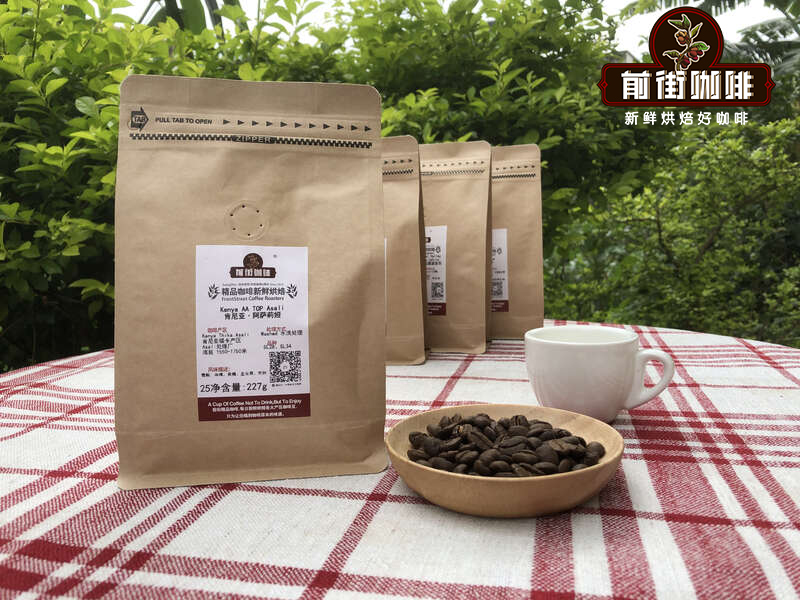
The Batian Batian variety was launched by the Coffee Research Institute (CRI) on September 8, 2010. it is also the latest variety offered in Kenya. It is a further experiment based on lessons learned from Ruiru11. Genetically speaking, it is essentially selected from the backcross between SL28 and SL34, and is closer to SL28 than Ruiru 11. Thus, this eliminates the elements of the problematic Robusta varieties of coffee beans, thus improving the quality of cup testing.
Kenya Coffee Bean grading system

The grading of Kenyan coffee is mainly based on the size, shape and hardness of coffee beans from high to low is divided into AA or AA+, AB, PB, C, E, TT, T, for the AA grade and AB grade of raw coffee beans, added the cup test results of the special classification (non-Kenyan national official recognition, exporters established), from high to low for TOP, PLUS (+), FAQ. The Kenyan Azaria flavor of Qianjie coffee has reached the TOP level.
Kenyan coffee bean treatment
Generally speaking, the method of washing coffee beans is to remove the peel and pulp of coffee cherries, leaving only a thin layer of mucous membrane to wash and ferment for 24 hours, before drying by machine or in the sun. The Kenyan-style washing treatment is not the same, the whole fermentation process will reach 72 hours.
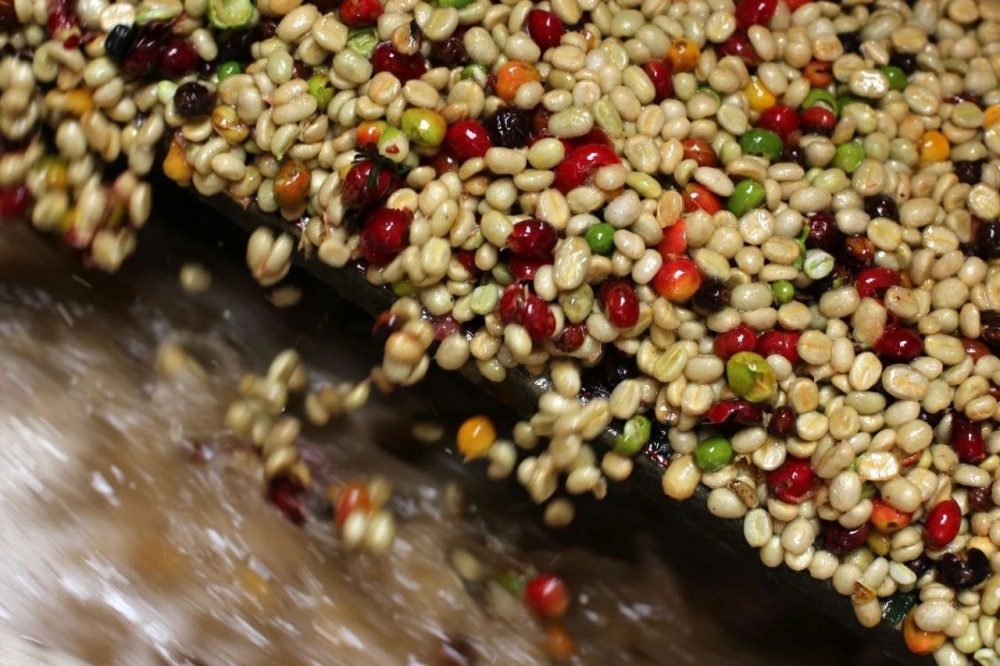
Kenyan water washing treatment is a cycle of repeated treatment after fermentation, the best quality cherries are selected on the day of harvest, peeled and fermented, fermentation time is 24 hours, and then washed with clean river water after 24 hours. Then, it is fermented again with clean river water for 24 hours, and then washed, so it is repeated 3 times for 72 hours, so it is called Kenyan 72-hour fermentation water washing treatment, referred to as K72. Qianjie believes that this treatment allows coffee beans to ferment for a long time at low temperatures, so that beans can have a brighter, cleaner and full flavor!
The parameters of Kenyan coffee in the front street:
In order to show the acidity of Kenyan coffee, the front street uses hot water to brew.
Qianjie use medium fine grinding / fine sugar thickness (China 20 standard screen screening rate of 80%. Use 15 coffee powder, then brew with a V60 filter cup, a water temperature of 91 degrees Celsius, a powder-to-water ratio at 1:15 and a three-stage water filling technique.
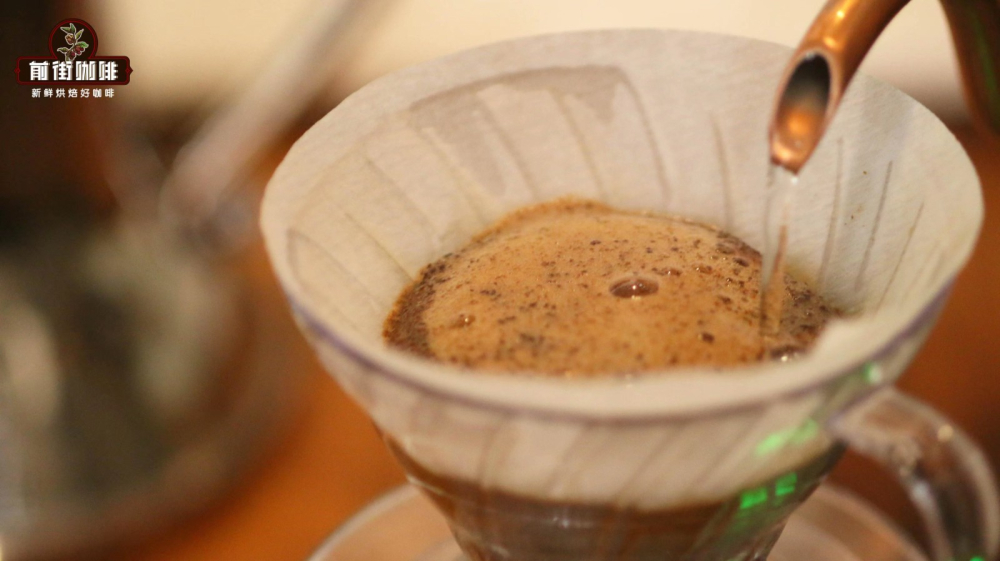
The use of segmented extraction, with twice the amount of coffee powder water for steaming, that is, 30 grams of water for 30 seconds, and the reason for the need for steaming process is to make coffee powder can discharge the internal carbon dioxide gas, so that the latter stage of the extraction is better stable. When the small water is injected around the circle to 125 grams, the injection will be stopped until 225 grams, then the filter cup will be removed after the dripping of the filter cup, and the extraction time will be 2 minutes 39 grams. Next, pick up and shake the whole cup of coffee, then pour it into the cup and taste it.
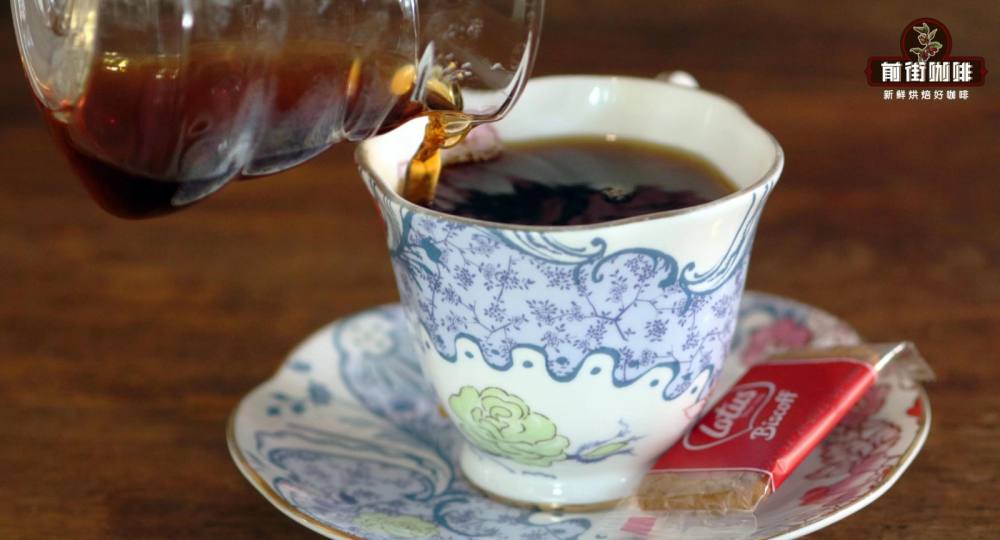
Azaria coffee bean flavor: wet aroma with ripe tomato and flower aromas, imported virgin fruit and black plum flavor, bright acidity, clean and rich taste, outstanding middle sweetness, juicy, raspberry and yellow sugar on the finish, and green tea aroma.
Suggestions for making coffee in front of the street:
For the brewing of coffee, Qianjie has always believed that the freshness of coffee beans has a great relationship with the flavor of coffee, so the coffee beans shipped in Qianjie coffee are roasted within 5 days. The purpose of Qianjie roasting is "freshly roasted coffee", so that every guest who places an order is the freshest coffee when he receives it. The bean cultivation period of coffee is about 4-7 days, so when the guest gets it, it is the time when the flavor is the best.
For those who need to be ground, Qianjie warmly reminds you that if the coffee beans are ground in advance, there is no need to raise the beans, because in the process of transportation, the pressure caused by carbon dioxide in the package can also make the coffee flavor round. so you can drink a cup of coffee as soon as you receive the coffee powder. But the coffee powder needs to be brewed in time, because the coffee powder oxidizes more quickly after contact with the air, that is to say, the flavor of the coffee will dissipate more quickly, and the flavor of the coffee is not so good. Therefore, Qianjie suggests buying whole beans, grinding and flushing now, so that we can better taste the flavor of coffee.
Professional coffee knowledge exchange more coffee bean information please follow the coffee workshop (Wechat official account cafe_style)
For more boutique coffee beans, please add private Qianjie coffee on Wechat. WeChat account: qjcoffeex
Important Notice :
前街咖啡 FrontStreet Coffee has moved to new addredd:
FrontStreet Coffee Address: 315,Donghua East Road,GuangZhou
Tel:020 38364473
- Prev
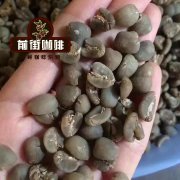
Auction is the main means of coffee trading in Kenya | introduction to the historical development story of Kenyan coffee beans by NCE
Auctions may be one of the most complex and inefficient ways to complete a coffee transaction. But he was one of the first methods used in the coffee trade. Today, it is still the main method of buying coffee from countries such as Kenya and Tanzania and plays an important role in promoting high-quality microbatches. In the best case, it can also be used as a way to find excellent bakers and producers.
- Next
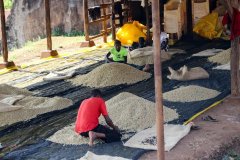
Six Coffee Bean producing areas in Kenya | Coffee treatment and different flavor and taste characteristics of different producing areas
Kenya is famous for its washed beans. Although there have been a small number of pure sun-dried beans and honey treatment sites in recent years, Kenya has traditionally focused on selling fruits, and it is difficult to persuade coffee farmers to participate in refining or change trading habits, so almost all refining is done by washing stations. 55% of Kenya's coffee is produced by 700000 small farmers and sent to their small cooperatives for refined processing, with the rest
Related
- Detailed explanation of Jadeite planting Land in Panamanian Jadeite Manor introduction to the grading system of Jadeite competitive bidding, Red bid, Green bid and Rose Summer
- Story of Coffee planting in Brenka region of Costa Rica Stonehenge Manor anaerobic heavy honey treatment of flavor mouth
- What's on the barrel of Blue Mountain Coffee beans?
- Can American coffee also pull flowers? How to use hot American style to pull out a good-looking pattern?
- Can you make a cold extract with coffee beans? What is the right proportion for cold-extracted coffee formula?
- Indonesian PWN Gold Mandrine Coffee Origin Features Flavor How to Chong? Mandolin coffee is American.
- A brief introduction to the flavor characteristics of Brazilian yellow bourbon coffee beans
- What is the effect of different water quality on the flavor of cold-extracted coffee? What kind of water is best for brewing coffee?
- Why do you think of Rose Summer whenever you mention Panamanian coffee?
- Introduction to the characteristics of authentic blue mountain coffee bean producing areas? What is the CIB Coffee Authority in Jamaica?

